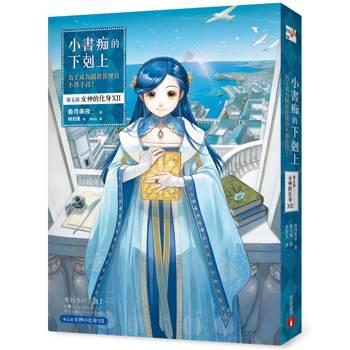| FindBook |
|
有 1 項符合
Vahdat的圖書 |
 |
$ 7425 | Occidentalist Perceptions of European Architecture in Nineteenth-century Persian Travel Diaries: Travels in Farangi Space
作者:Vahdat,Vahid 出版社:Routledge 出版日期:2017-04-13 語言:英文 規格:精裝 / 16.5 x 23.5 x 1.9 cm / 普通級  看圖書介紹 看圖書介紹
|
|
|
圖書介紹 - 資料來源:博客來 評分:
圖書名稱:Occidentalist Perceptions of European Architecture in Nineteenth-century Persian Travel Diaries: Travels in Farangi Space
內容簡介
“[Paradise] is only the smallest fraction of this building…. It is the flower garden of Iram-on each side the beautiful branches and leaves of trees embrace each other, intertwined with different flowers, and these leaves are all woven together, fresh and joyful.†To the 19th century Iranian audience of the above excerpt, the discussed space was no more than an idealized Persian garden. But the author of the diary, who visited London in 1857, was in fact describing the icon of modern architecture, Joseph Paxton’s Crystal Palace. This architectural marvel was astonishing to this diarist, not because it was the world’s largest enclosed building, nor because of its cast-iron structure, nor even for its innovative use of glass, but rather because it embodied the Persian char-bagh garden and the related symbolism of Islamic heaven. This idealization of European spaces, that the utopian expectation of the modern world generates, is the focus of this book. It examines the inception of modernity in Iran by studying the representations of Europe’s’ built environment in the accounts of 19th-century Iranian travel writers. The circulation of modern European architecture in these travel memoirs shows that the embrace of modern architecture in Iran is a mental journey towards a pre-imagined other. In other words, these travellers developed a syncretic understanding of modernity, by projecting their own Persian/Islamic prejudices, expectations, fantasies, and imagery onto their observations of European space. When Iran’s experience of modernity (tajaddod) is presented as an “arbitrary and unsystematic copying from Europeâ€, Iranian architects are alienated from their heritage. My book emphasizes that this desire for a modern utopia, including new forms of architecture and urban planning, had roots within local Persian/Islamic traditions.
|











